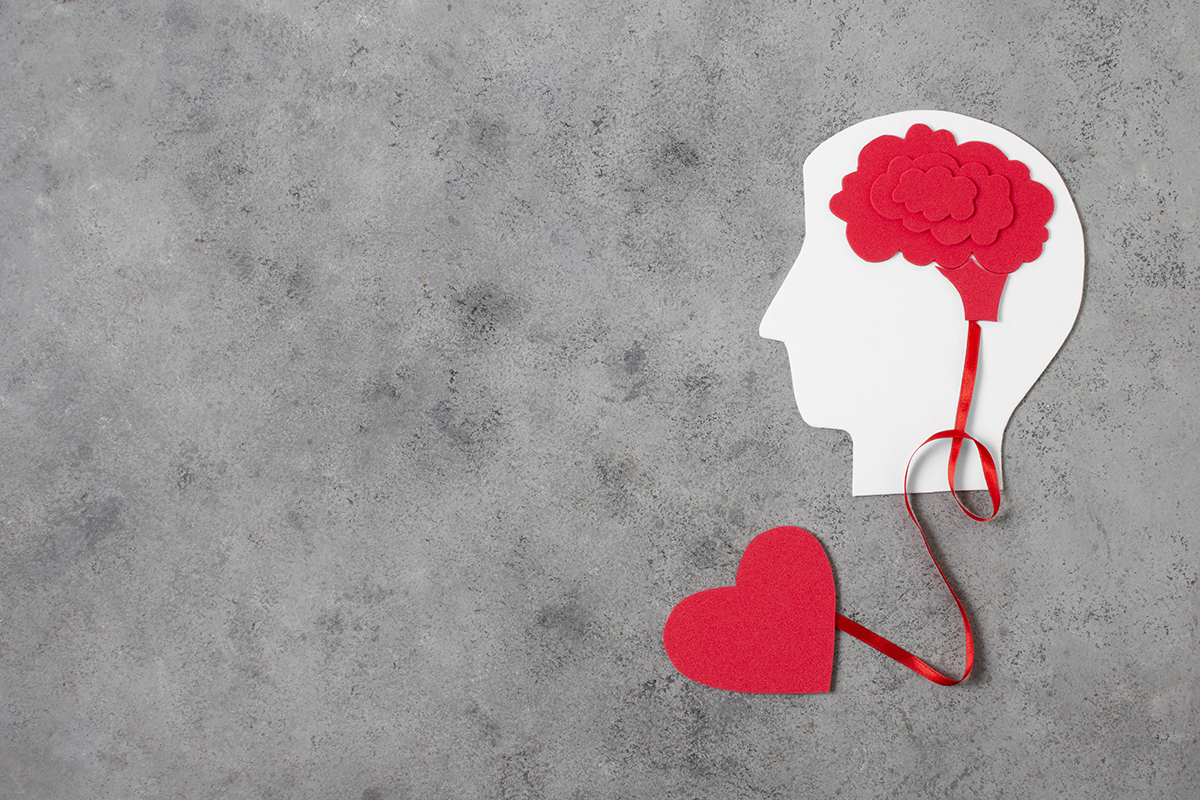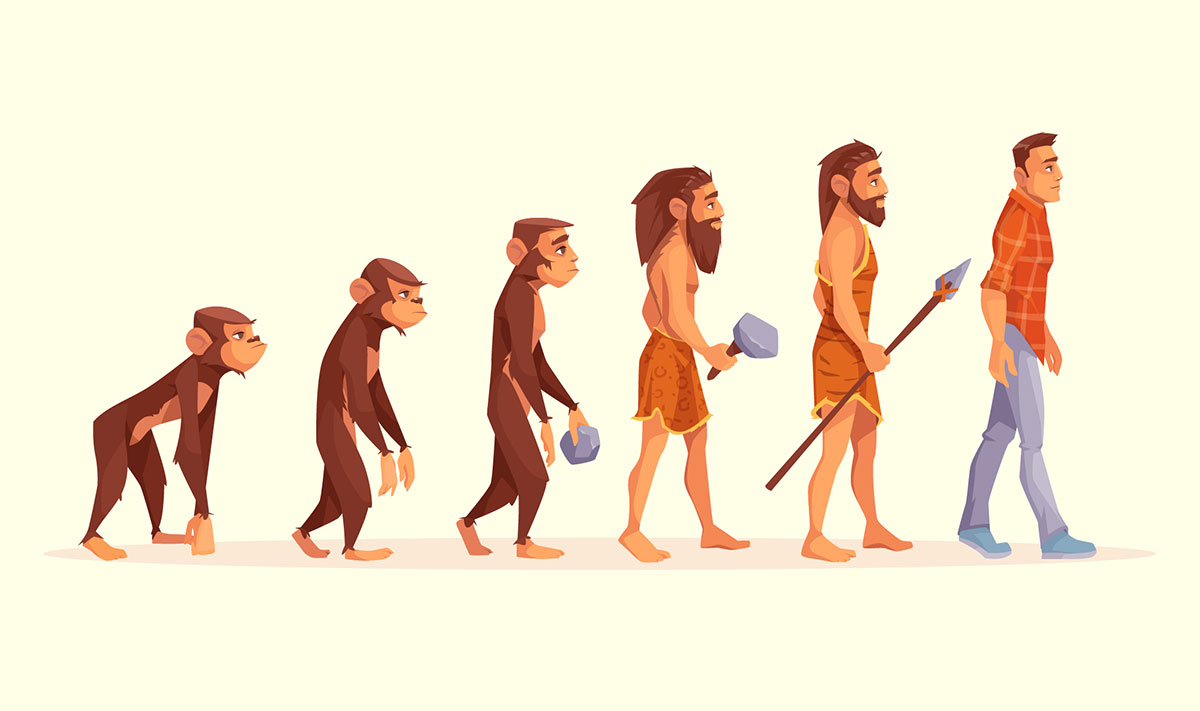Love is a profound, all-encompassing emotion that shapes our lives in more ways than we often realize. It influences our decisions, fuels our actions, and gives meaning to our existence. Yet, it’s a complex phenomenon that even the most eloquent poets struggle to capture in words. In fact, understanding love from a scientific perspective is a subject of intense curiosity and study. This article aims to shed light on this fascinating topic by diving into the neurological, psychological, biological, and evolutionary aspects of love.
Table of Contents
- Neurological Aspects of Love
- Diving into the Psychological Dimensions of Understanding Love
- The Biological Role of Love
- An Evolutionary Perspective for Understanding Love
- Case Studies: Real-world Insights into Understanding Love
- Conclusion
Neurological Aspects of Love
The fascinating journey of understanding love leads us first to the realm of neuroscience. When we think of love, we often think of the heart, yet it’s the brain that is the real center of love. The complex interplay of chemicals, hormones, and neural pathways in our brain shapes the emotions, feelings, and behaviors associated with love.
When we fall in love, our brain experiences a surge of neurochemicals such as dopamine, oxytocin, and vasopressin. Dopamine, often referred to as the ‘feel-good’ hormone, generates a sense of pleasure and reward. On the other hand, oxytocin, also known as the ‘cuddle hormone,’ fosters feelings of bonding, trust, and attachment. Vasopressin plays a vital role in long-term commitment and bonding. The combined effect of these hormones results in the exhilarating and euphoric feeling that we associate with falling in love.
Besides, the brain’s reward system gets activated when we are in love. This activation often parallels the brain’s response to addictive substances, explaining why love can sometimes feel addictive.

Diving into the Psychological Dimensions of Understanding Love
Moving beyond the brain, the world of psychology offers another lens for understanding love. Renowned psychologists have proposed various theories that attempt to define and classify love. The intriguing psychological concepts of attachment styles, love styles, and the triangular theory of love, all contribute to our understanding of this complex emotion.
Attachment styles, developed in early childhood, significantly influence how we form and maintain romantic relationships later in life. The three main attachment styles – secure, anxious, and avoidant – shape our expectations, reactions, and interactions in love relationships.
Love styles, on the other hand, represent different ways of expressing and experiencing love. According to John Lee’s color wheel model of love, there are six distinct love styles – Eros (passionate love), Ludus (game-playing love), Storge (friendship-based love), Pragma (practical love), Mania (possessive, dependent love), and Agape (altruistic, selfless love).
Another noteworthy concept is psychologist Robert Sternberg’s triangular theory of love. This theory suggests that love consists of three components: intimacy, passion, and commitment. Different combinations of these components result in different types of love, such as romantic love, companionate love, and consummate love.

The Biological Role of Love
The quest for understanding love also ventures into the biological realm. From a biological perspective, love can be seen as a powerful bonding mechanism that plays a critical role in human survival and continuation.
The most vivid example of this biological bond is perhaps the mother-child relationship. From the moment a child is born, a strong attachment bond forms between the mother and the child. This bond, fueled by a surge of hormones such as oxytocin, ensures the newborn’s survival and promotes the mother’s caregiving behavior.
Similar biological mechanisms come into play in romantic love, facilitating long-term bonding, mate selection, and reproduction. This biological perspective suggests that love is deeply ingrained in our biology and plays a vital role in the survival and propagation of our species.

An Evolutionary Perspective for Understanding Love
Finally, let’s look at love from an evolutionary perspective. Evolutionary psychologists propose that love has evolved as a survival strategy that promotes mutual aid and protection, reproductive success, and the nurturing of offspring.
Love encourages mate selection and long-term bonding, which increases the chances of successful reproduction and survival of offspring. The feelings of safety and security associated with love serve to foster a stable environment for the growth and development of children. Additionally, the social bonds and cooperative alliances facilitated by love increase the chances of survival against threats and adversities.
Thus, from an evolutionary standpoint, love is not just a frivolous emotion but a critical factor that has influenced human evolution and survival over millennia.

Case Studies: Real-world Insights into Understanding Love
Real-world studies and research on love provide further insights into this complex emotion. For instance, studies on arranged marriages versus love marriages have yielded intriguing results. Despite cultural and societal differences, the universal elements and patterns of love become apparent through such research.
In one study, it was found that while love marriages start with higher marital satisfaction, they see a steeper decline in satisfaction over the years. On the contrary, arranged marriages start with lower satisfaction but see a gradual increase over time. Such findings challenge our conventional understanding of love and highlight the influence of cultural, societal, and personal factors on the experience of love.
Another study explored the concept of ‘love at first sight.’ The results suggested that what we often label as ‘love at first sight’ might be a strong initial attraction that can develop into love over time, but isn’t love in itself. These case studies highlight the complexities involved in understanding love and how multifaceted this emotion truly is.
Conclusion
Understanding love from a scientific perspective allows us to appreciate its complexity and importance in our lives. Love isn’t merely a fleeting emotion; it’s a powerful force that drives our behavior, influences our well-being, and shapes our society. By drawing insights from neurology, psychology, biology, and evolutionary studies, we realize that love is an intricate tapestry woven into our very existence.
Whether it’s the rush of neurochemicals in our brain, the psychological theories that classify love, the biological bonds that it facilitates, or the evolutionary advantages it confers – every aspect contributes to our understanding of love. As we continue to unravel the mysteries of love, we gain a deeper appreciation of its transformative power and its central role in our lives. Love, in all its multifaceted glory, truly is a marvel of human nature.




Leave a Comment